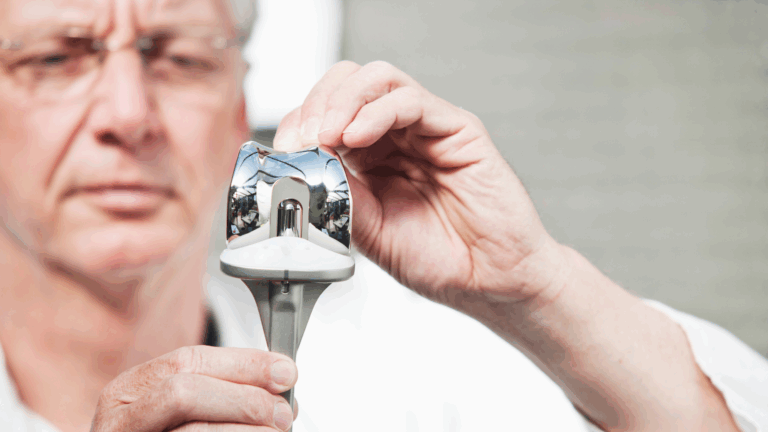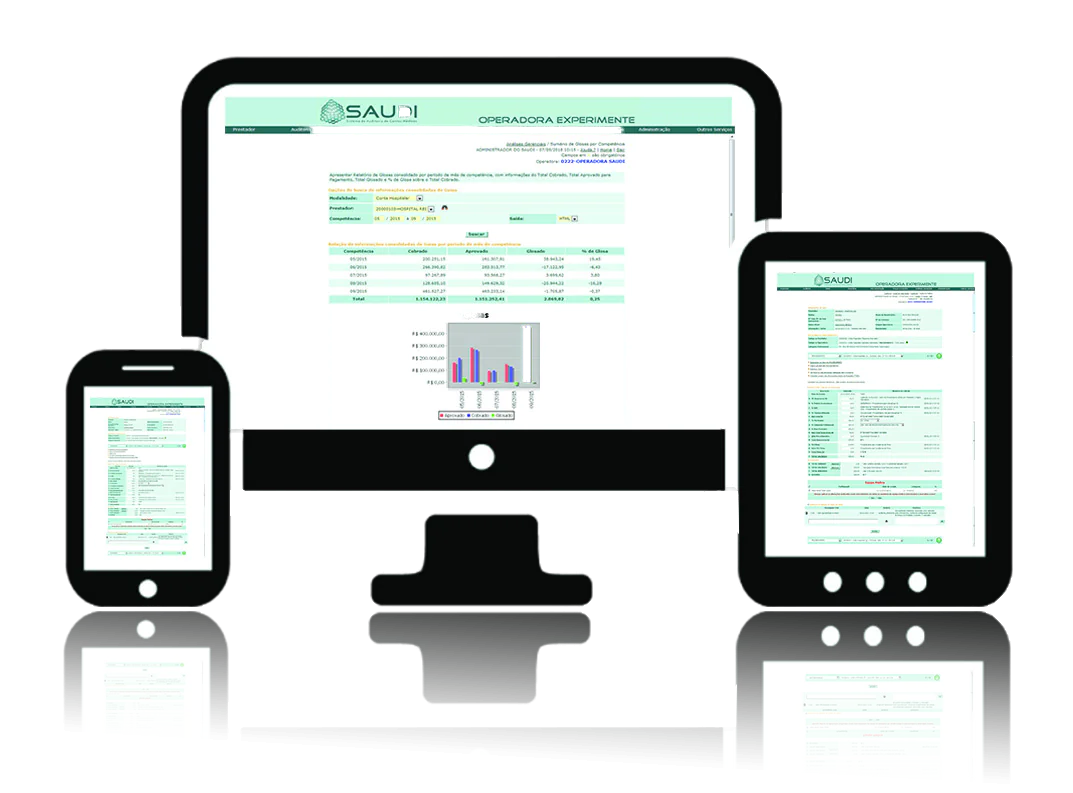 If you need to understand how calculate OPMEs to avoid losses and automate the whole process intelligently, this post is for you! Read to the end! ; )
If you need to understand how calculate OPMEs to avoid losses and automate the whole process intelligently, this post is for you! Read to the end! ; )
The supplementary healthcare scenario in Brazil is complex and increasingly demands precision, agility and intelligence in cost management. In this context, the correct calculation of OPMEs (Orthoses, Prostheses and Special Materials) has become one of the most critical tasks in the work of a medical accounts analyst. A miscalculation can lead to disallowances, significant losses for the operator and, in many cases, jeopardize relationships with hospitals and suppliers.
In this article, we'll explain what OPMEs are, the main challenges in calculating them and how the analyst can act efficiently and safely. At the end, we'll show how the SAUDI system is the best technological solution for automating this process intelligently, reducing risks and maximizing efficiency.
What are OPMEs?
OPMEs are items used in surgical or therapeutic procedures that are not part of routine hospital supplies. They range from screws, plates, catheters and stents to orthopedic and cardiovascular prostheses. Due to their high added value and diversity of models and manufacturers, the management of these supplies requires well-defined technical, regulatory and financial criteria.
Why is the calculation of OPMEs so challenging?
The correct calculation of OPMEs depends on a number of factors:
-
- Technical and clinical compatibility: The item billed must be compatible with the procedure performed and the patient's needs.
-
- Price tables and benchmarks: There are various tables that can be adopted, such as Brasíndice, Simpro, BPS, among others. It is essential to know which reference is used in the contract with the provider.
-
- Negotiation and contractual margin: In many cases, the operator negotiates discounts on list prices, as well as criteria such as substitutions, groupings or kits.
-
- Supporting documentation: The OPME dossier must contain invoices, medical reports, surgical requests, consent forms, among other mandatory documents.
-
- Fraud prevention: Because they involve high values, OPMEs are one of the most sensitive areas to fraud and over-invoicing.
Como calcular OPMEs corretamente?
1. Analysis of the procedure carried out
The first step is to check the main procedure and the secondary codes (if any). The PMA (Audited Medical Procedure) must be duly registered and comply with the rules of the TUSS (Unified Supplementary Health Terminology).
2. Checking the contract with the provider
Each provider may have different contractual rules. The analyst should check:
-
- What pricing table has been agreed?
-
- Are there any discount, bundling or substitution clauses?
-
- Is the item invoiced a kit or a single item?
3. Validation of documentation
Documentary auditing is essential to confirm that the materials used were really necessary and approved. It should be required:
-
- Medical request justifying the use of the OPME
-
- Proof of use during surgery
-
- Supplier's invoice (with CNPJ, description and serial number, if applicable)
4. Calculating the correct value
Based on the validated information, the analyst must:
-
- Find the item in the reference table (Simpro, BPS, Brasíndice)
-
- Apply the contractual discount (if any)
-
- Check the quantity used and whether there is any divergence from the standard procedure
5. Reconciliation with the hospital bill
OPME should not be analyzed in isolation. It is necessary to check that the amount is consistent with the other items on the bill, such as operating room time, fees, anesthesia and hospital per diem.
6. Registration and justification
All calculations, approvals and disallowances must be duly recorded. A well-documented history allows for future audits and reduces disputes with providers.
How the SAUDI system simplifies and automates this process
 Carrying out all these steps manually requires time, in-depth technical knowledge and a high risk of human error. O SAUDI was developed to solve exactly this problem: to bring precision and intelligence to the medical bill auditing process, including in the calculation of OPMEs.
Carrying out all these steps manually requires time, in-depth technical knowledge and a high risk of human error. O SAUDI was developed to solve exactly this problem: to bring precision and intelligence to the medical bill auditing process, including in the calculation of OPMEs.
See how SAUDI can transform your day-to-day life as an analyst:
1. Automatic validation using rule intelligence
The system has algorithms that automatically validate whether the material is suitable for the procedure performed, cross-referencing data with the TUSS, clinical guidelines and contractual criteria.
2. Integration with tables and contracts
SAUDI already includes several pricing tables (Simpro, BPS, Brasíndice) and allows you to set up multiple contracts per provider, automatically applying discounts and specific rules.
3. Automated and transparent calculation
When an OPME item is identified, SAUDI calculates the value based on the current contract and the defined table, eliminating divergences and rework.
4. Digital document audit
The system allows you to attach and check all the necessary documentation, including invoices, reports and terms, ensuring that the OPME dossier is always complete and complies with the standards required by the ANS.
5. Detection of inconsistencies and alerts
SAUDI's artificial intelligence identifies unusual patterns - such as materials incompatible with the procedure or duplicate items - issuing real-time alerts for the analyst to review.
6. Management reports and disallowance control
With dashboards and automatic reports, SAUDI allows you to monitor the main reasons for denials and measure the performance of the OPME audit for each provider, hospital or surgical team.
Let SAUDI calculate the OPMEs for you!
The correct calculation of OPMEs is one of the most important skills for a medical accounts analyst. More than simply applying a price list, it is necessary to interpret contractual rules, validate documents, prevent fraud and ensure that costs are in line with the reality of care.
Fortunately, technology is on our side. With SAUDI, it is possible to automate this process intelligently, reducing errors, speeding up analysis and increasing the security of decisions.
If you want to make the auditing of OPMEs more efficient and strategic in your operator, schedule a free SAUDI demo and discover how our platform can revolutionize your medical bill management.










